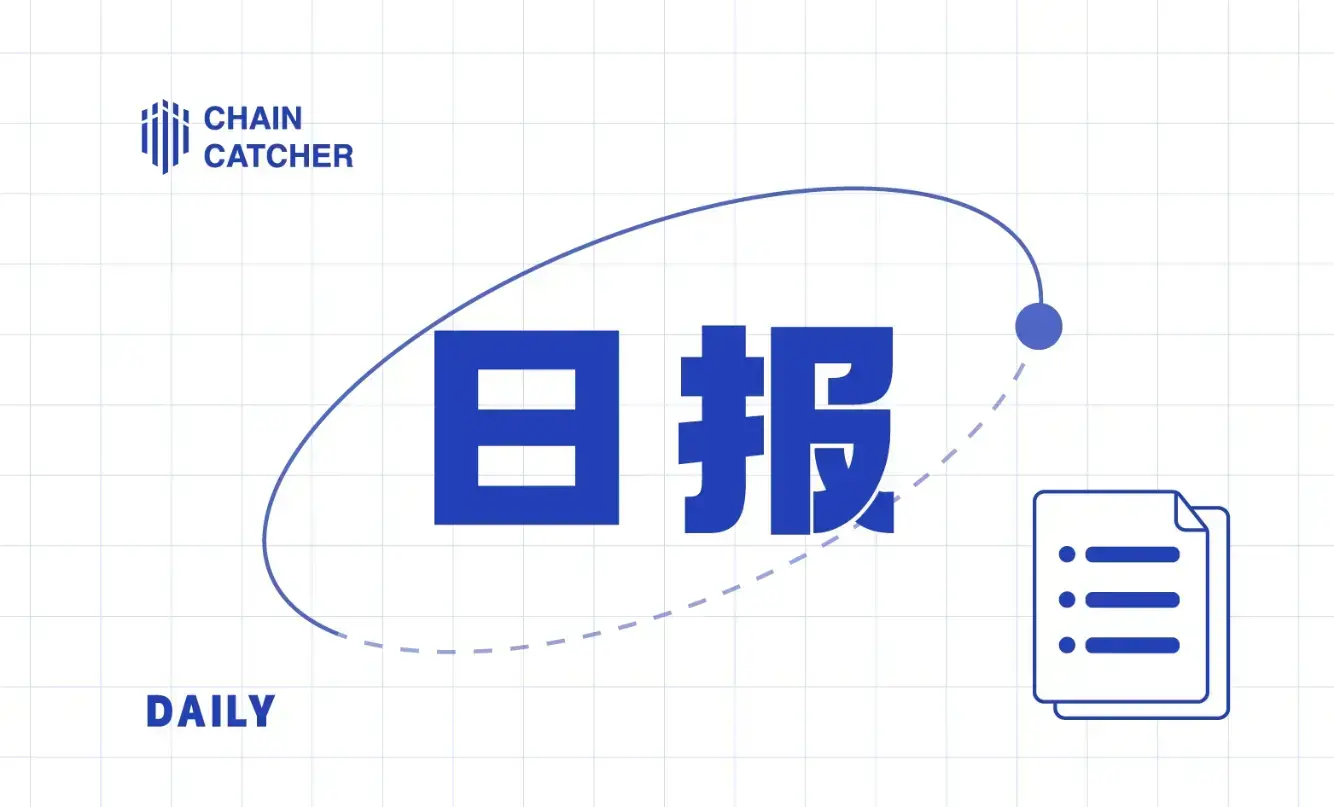HashKey Capital Research Report: 5 Key Technology Trends to Watch in 2023
Source: HashKey Capital
Top 5 Tech Trends to Watch in 2023
- Major technical upgrades of Ethereum (Shanghai, Cancun)
- Staking-related technologies and product services
- Optimization of modular blockchains and ecological development of applications like "L3" and proprietary Rollups
- ZK applications in non-scaling areas such as ZK cross-chain bridges
- Iterations in terminal applications like AA+MPC and Lightning Network
I. Important Infrastructure Upgrades for Ethereum in 2023
- Shanghai Upgrade: Successfully opens withdrawals, which will alleviate potential stakers' security concerns, thus the amount of staking is expected to rise. At the same time, competition among staking projects will become more intense.
- Cancun Upgrade: The content of the upgrade may change, but it will be the most significant technical upgrade for Ethereum in 2023.
Proto-Danksharding: The goal is to reduce transaction fees on the Ethereum mainnet. If the upgrade is successful, Ethereum's performance will improve by several times, paving the way for the development of L2.
EVM Object Format (EOF): Optimizes EVM, marking the first modification to EVM in two years, which will improve the performance of smart contract execution and reduce transaction fee expenses.

Ethereum's Preparations for Future Technological Development in 2023
- KZG Ceremony: Successfully launched in January 2023, providing the technical (cryptographic) foundation for Proto-Danksharding.
Next, standards for Danksharding will be established to address existing technical barriers.
It is unlikely to happen in 2023, but if the upgrade is successful, it will mark a significant milestone in Ethereum's scaling journey.

Key Issues for Ethereum in 2023 -- MEV, Regulation, and Anti-Censorship
MEV, Flashbots SUAVE:
- Building a chain: Corresponds to decentralized builders for cross-chain heterogeneous chains.
- A unified platform for MEV: Expanding the new MEV market.
- Orderflow management: Consolidating the existing position in the MEV market.
Regulation and Anti-Censorship:
- The crList in the roadmap will prevent malicious actions by relayers.
- PBS at the protocol layer: Achieving separation of proposal, construction, and verification.
- Currently, staking faces issues similar to PoW luck, requiring improvements through methods like PBS at the protocol layer; otherwise, it may jeopardize decentralization.
- Decentralized block builder networks.

II. After the Ethereum Merge and Shanghai Upgrade, the Staking Sector Will See More Development in 2023
- Liquid Staking: How to improve the liquidity of staked tokens. Currently, a relatively successful practice is stETH. With the Shanghai upgrade, different staking solutions will emerge, and their liquidity solutions will be key to the success of staking schemes.
Decentralized Staking: There are currently some decentralized staking products and solutions, but liquidity issues, such as those faced by RocketPool, need to be addressed. - Restaking: The idea of "secondary staking" proposed by EigenLayer has garnered community attention as a promising innovation, but it may also pose risks to the security of the Ethereum protocol layer.
- DVT (Decentralized Validator Networks): SSV and Obol are exploring technical solutions for decentralized validators, which is an important step for the decentralized development of staking.
- Stabilizing Staking Returns: Currently, the disparity in returns among different staking nodes is too large, requiring solutions for stabilizing returns.

Ethereum's Multi-Version Clients Worth Watching
- Paradigm's Reth: Adopts a modular client design approach, allowing developers to combine components for better development outcomes.
- a16z's Helios: Takes a completely different approach from most current clients, coupling the execution layer with the consensus layer client, which is worth observing.

- Browsers: To address the centralization issue of Etherscan, the community has begun developing self-hosted blockchain browsers based on new clients, which is worth watching.
Other Emerging Technology Topics in Ethereum
In addition to the usual discussions around roadmaps, the Ethereum community has seen more new topics of discussion in early 2023, mainly including Stealth Address (FIP-5564), lattice-based cryptography, etc., but the specific implementation on Ethereum's infrastructure and applications remains to be observed in 2023.

III. Modular Blockchain Technology Remains One of the Tech Hotspots in 2023
- Modular blockchains are likely to see progress on multiple levels and directions in 2023.
New Competitors in the Data Availability Layer:
In addition to Celestia, more competitors will enter the DA track in 2023, including Polygon Avail. Other interesting explorations include:
- Arbitrum AnyTrust, intmax, etc., which adopt a compromise route between Plasma and Rollup architecture.
- EigenDA based on restaking technology, etc.
More Flexible and Efficient Execution Layers:
- Fuel adopts UTXO and high-parallel virtual machine methods to improve the execution efficiency of smart contracts.
- Other more flexible execution layer networks like Rooch will also emerge.
Layer 2 Optimization Solutions
- AltLayer adopts a modular Rollup approach, similar to the Cosmos application chain concept.
- Stack: Will support developers in quickly building and launching Layer 2.
- Stackr, dymension: "Build Your Own Rollup," quickly constructing application-specific Rollups.

Layer 2 Optimization Solutions -- Centralization of Sequencers
Addressing the centralization issue of Sequencers.
- As Layer 2 grows, the issues of Layer 2 MEV and censorship will become increasingly apparent. How to decentralize it will soon become a market focus.
- Shared sequencers, paired with Rollup services, will provide sequencing services for Layer 2 and Layer 3 projects, including Espresso, OP Stack, etc.

More Layer 2 and "Subnets," Layer 3
- Building Layer 2 "subnets" to establish ecosystems will become more common. The competition among application chains in the past may further extend to "subnet" competition.
- Notable examples include: Avalanche (Subnet), Binance Chain (BeaconChain, zkBNB, Sidechains, Greenfield), and Shiba (Shibarium), which is transitioning from meme to Layer 2 ecosystem.
- Layer 3 aims to support larger-scale scaling and adoption of blockchains, with similar goals to modular Rollups but completely different solutions. Based on Layer 2, it provides further development tools and execution environments for vertical scaling, such as Starknet's Slush and zkSync's Opportunity.

IV. zkEVM Mainnet Launch, but Technical Maturity Requires Time
- zkEVM is undoubtedly one of the most noteworthy scaling advancements in 2023. Numerous testnets and even mainnets will launch in 2023, including ConsenSys zkEVM, Polygon Hermez, Scroll, etc.
- However, the maturity of the technology (EVM compatibility, etc.) may still require some time.
- Additionally, hardware (ASIC) supporting zkEVM proofs is expected to see relatively mature and usable products by the end of 2023.

But ZK Applications Are Worth Looking Forward To
ZK applications in other fields made significant progress in 2022 and are likely to continue in 2023, especially zkBridge.
- One approach is to change the verification of validator signatures (consensus state) on light clients to ZK proofs.
- Another approach is to ZK-ify PoS (consensus process).

Other Trends in Cross-Chain: Multi-Chain Applications, MEV, Inter-Chain Security, etc.
Multi-chain (full-chain) and cross-chain applications will increase.
Applications for state aggregation, such as cross-chain authentication related to DID identities and records. ENS and others are exploring this direction and have achieved some interesting results.
Liquidity sharing based on cross-chain common information, especially between Layer 2s, will become more prevalent.
Cross-chain MEV is likely to replay the development seen on single chains. Noteworthy developments in 2023 include customized node consensus layer solutions like Skip Protocol and customized Tendermint, as well as modifications to the Cosmos 2.0 protocol layer.
Additionally, as Layer 2 matures, the MEV issues between Layer 2 and Layer 1 will become increasingly prominent. Layer 2 MEV tools will also improve alongside the maturity of Layer 2.
Interchain Security: Cosmos will implement a shared security solution in 2023. The restaking proposal is similar to this solution, utilizing staking to provide more services.
V. Wallets and User-End Applications
MPC (TSS) is likely to become a standard: MPC for TSS (Threshold Signature) has matured and will support more application scenarios such as custody and user-friendly no-seed phrase wallets.
Some designs for AA (Account Abstraction) (EIP-4337) are nearing completion, with code development progressing smoothly and expected to mature in 2023; wallet products combined with MPC will be highly anticipated.
Applications for payments and financial services on the Lightning Network will see more imaginative developments in 2023:
OmniBOLT, Taro introduce stablecoins and custom asset types, expanding the current applications of the Lightning Network.
Non-custodial DLC solutions may enable some financial derivative applications.
The social protocol Nostr and its integration with the Lightning Network may bring a wave of new traffic.
Additionally, Layer 2 payment solutions after Proto-Danksharding will further enhance cost reduction and efficiency.
Web3 Developer Tools Continuously Improving
New programming languages and ecosystems are worth looking forward to.
The ecosystem of the Move language, following the launch of Aptos in 2022 and Sui in 2023, may enter a critical period of developer growth.
The development ecosystem of Layer 2, especially for zkVM and other environments requiring translation.
New developer tools will accumulate technology for the next industry cycle.
Low-code, no-code tools, new developer kits, etc.
Data middleware layers and related tools will achieve better on-chain data indexing and processing.
Endpoint services will realize decentralization, faster execution, and provide richer functionalities.











